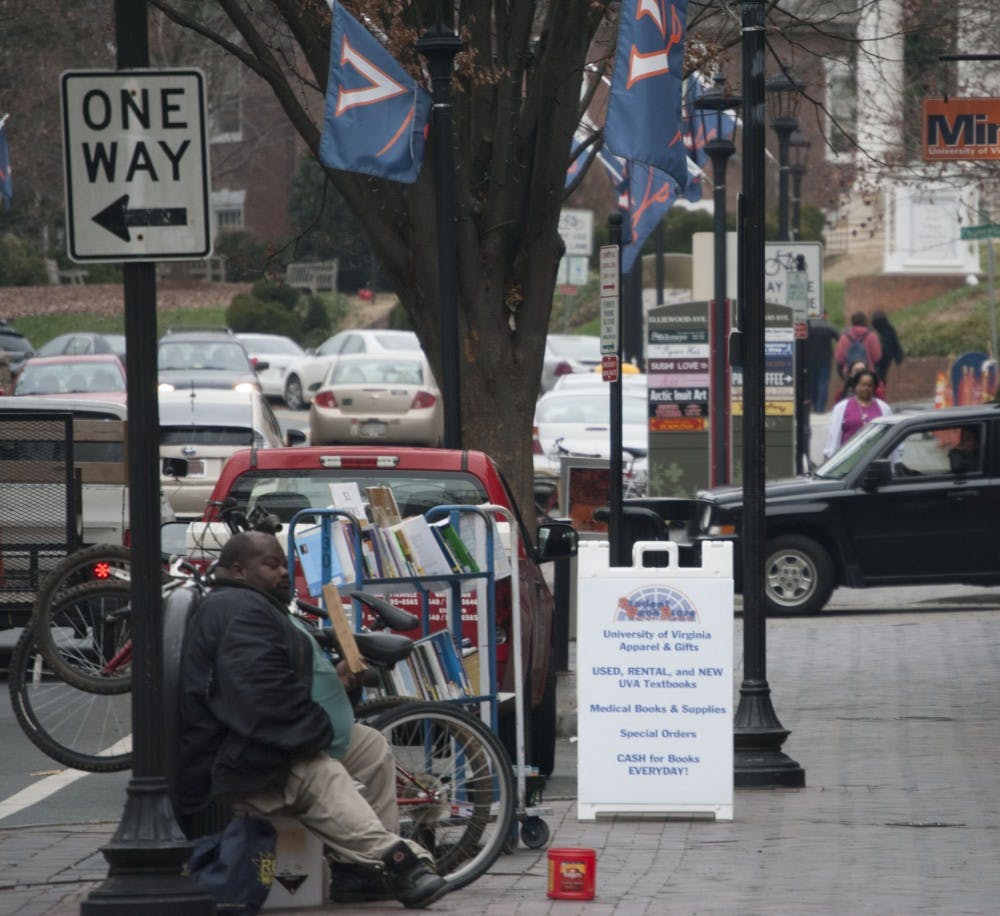As winter weather quickly approaches freezing temperatures, Charlottesville has seen increased demand for housing, clothing, food and other necessities among the city’s homeless and impoverished community members. Local homeless shelters and humanitarian organizations have teamed up to fulfill the city’s needs.
Stephen Hitchcock, program director of the Haven, a church which doubles as a day shelter for homeless individuals, said they see the heaviest traffic from the end of October through the beginning of April.
The Haven offers storage space, showers, laundry, breakfast, computer and phone access to those in need. It is also a “low barrier” shelter, meaning the organization does not screen or breathalyze clients before providing aid.
“Even someone who’s in the throes of addiction could come in and be assessed and referred for what they need,” Hitchcock said.
Hitchcock attributed much of the center’s success to collaboration with other local organizations which serve a similar purpose.
“Federal and state funding, as well as city funding, is increasingly predicated upon collaboration,” he said. “It’s also a way for us to perform our jobs better. It’s a healthier environment.”
Regardless of which shelter an individual may choose, they will be referred to a place best suited to their needs.
Though Hitchcock said he was unaware of any current homeless University students, he acknowledged the increased need of many young adults in general during the holiday season.
“The fastest growing subpopulation [of the homeless] nationwide is [18- to 25-year-old] youth aging out of foster care, which is the student population,” Hitchcock said. “Once someone leaves foster care, there isn’t necessarily a support system for them.”
Nicole Freeman, a fourth-year Commerce student and co-coordinator for Campus Kitchen, praised efforts made by fellow volunteers to assist the homeless population as the year comes to a close.
“Campus Kitchen is essentially a student-powered community hunger relief [effort],” Freeman said in an email. “Our weekly operations deliver meals to Salvation Army and Hope House to help bring nutritious meals to those in need in the Charlottesville community.”
This year, in honor of Thanksgiving, Campus Kitchen hosted a national event called Turkeypalooza. Charlottesville’s event provided meals to 35 local families in need, as well as side dishes to On Our Own, a local non-profit organization dedicated to helping those with mental illnesses.
The group also collected $368.24 through a bake sale, coin drive with ISC sororities and donations from family and friends of the organization.
An unidentified student group has also placed a box and notice beneath the bridge at the intersection of University Avenue and 14th street, an area where the Charlottesville homeless population tends to frequent.
“Hunger is a problem that continually plagues the Charlottesville community,” the notice said. “As the weather draws colder, the hunger pangs grow stronger. Images of holiday feasts flood our society, but not everyone gets to eat at those tables.”
It continued, “For this next week we will be offering food for those who need it. Students from U.Va. will be dropping off food throughout the day from Monday, Dec. 2 to Friday, Dec. 6 at the table provided here. Feel free to take food if you are hungry or to leave meals if you have the means.”
The notice was signed “Ex tenebris lux,” which translates “out of darkness, light.”







